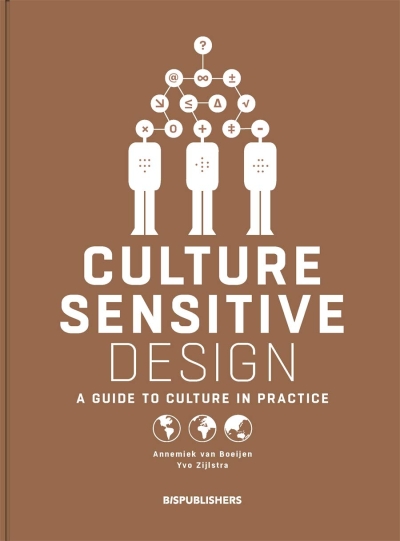
Anne, Aki i Déu
Eija-Liisa Ahtila
»Anne, Aki and God«
Der Film »Anne, Aki, and God« setzt sich aus Fragmenten einer geplanten Dokumentation zusammen, ist Resultat und Fortführung einer früheren Arbeit, die um eine Installation erweitert, das Thema Wahn und Wirklichkeit völlig neu inszeniert. Der Ausstellungsraum wird in zwei Teile gegliedert, die eine Seite symbolisiert das Passive, das Erleiden und Leiden an und durch die Welt, die andere Raumsphäre verkörpert das aktive Element, welches die Handlung als ein lebensbejahendes Prinzip dem bloßen Sinnieren gegenüber stellt.
Die passive Rolle übernimmt Aki, ein junger Ingenieur, der sich allmählich der Welt entzieht, sein Appartment nicht mehr verlässt und in Wahnvorstellungen verfällt. Ihm erscheint Gott als schwebende Gestalt über seinem Bett, ein metapysisches Über-Ich, das ihm sein Schicksal beschreibt, seine Existenz reflektiert. Gleichzeitig betritt Anne die Szenerie, eine aus Akis Gedanken erschaffene Frauengestalt, sein Idealbild, dem er zunehmend verfällt. Anne nimmt für Aki reale Formen an, sie wird zu seinem Lebensmittelpunkt. Wie die Stimme der Vernunft durchbricht ein fremder Erzähler die halluzinatorischen Filmbilder. Er erklärt Aki, dass seine Phantasmen nichts weiter als eine Anzahl unterdrückter Gedanken wären, die ihn nun zum Handeln aufforderten. [...] die Künstlerin [teilt] dem jungen Mann unterschiedliche Gesichter und Stimmen zu, so dass Aki einer und viele zugleich ist. Aki ist Teil der Wirklichkeit und gleichzeitig Teil einer Illusion.
Dem aktiven Raum ist das Weibliche zugeordnet. Auf einer frei stehenden Projektionsleinwand sieht man Interview-Ausschnitte, die mit jungen Frauen geführt wurden, welche sich um die Rolle der Anne bewarben. Jede spricht mit der ihr eigenen Stimme, dokumentiert ein reales Geschehen, das zu einer bestimmten Zeit an einem bestimmten Ort de facto stattfand.
(Auszug aus Text von Barbara Könches für »seeing time«, http://on1.zkm.de/kramlich/ahtila)

































































































